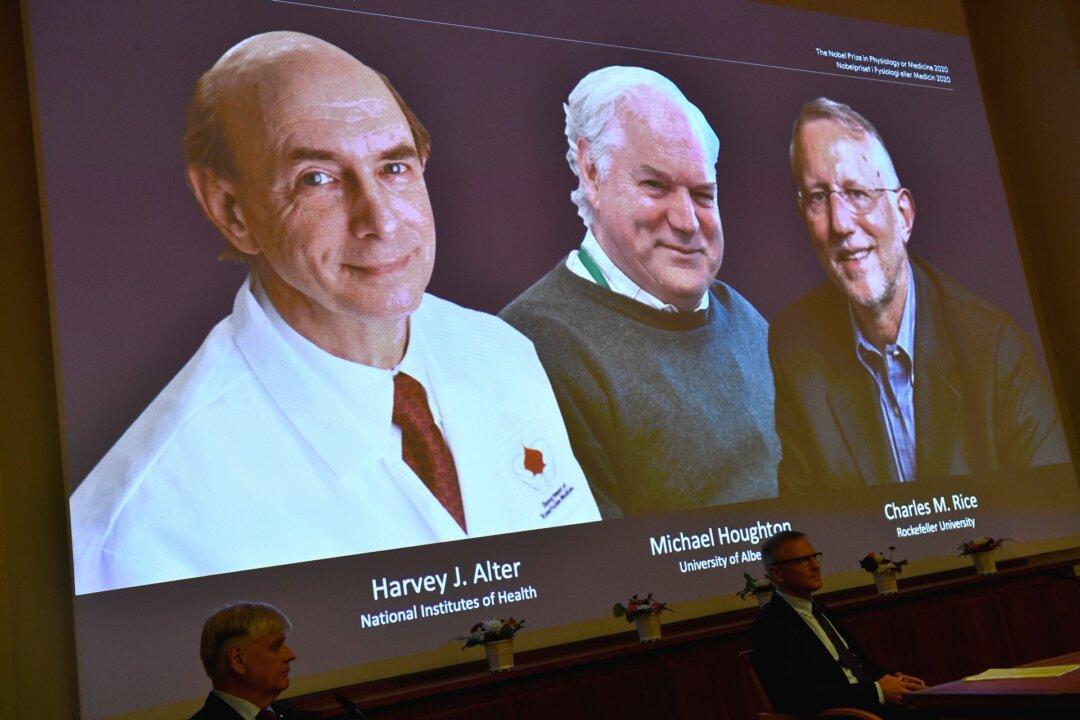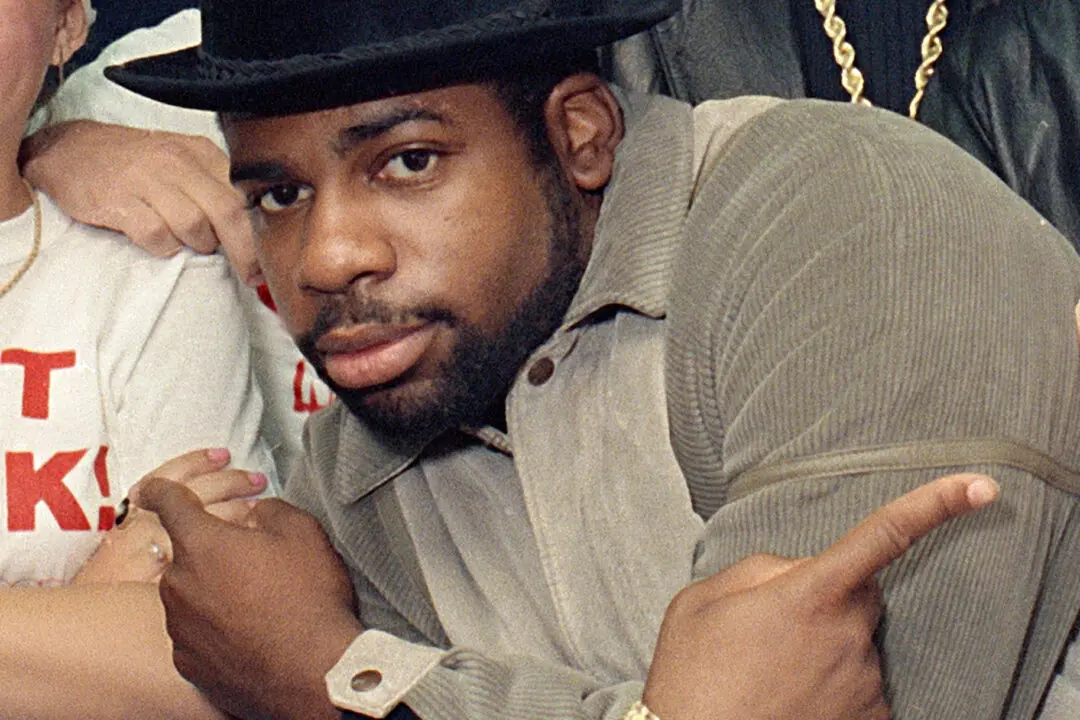STOCKHOLM—Americans Harvey J. Alter and Charles M. Rice and British-born scientist Michael Houghton jointly won the Nobel Prize for medicine on Monday for their discovery of the hepatitis C virus, a major source of liver disease that affects millions worldwide.
Announcing the prize, the Nobel Committee noted that the trio’s work identified a major source of blood-borne hepatitis that couldn’t be explained by the previously discovered hepatitis A and B viruses. Their work, dating back to the 1970s and 1980s, has helped saved millions of lives, it said.






